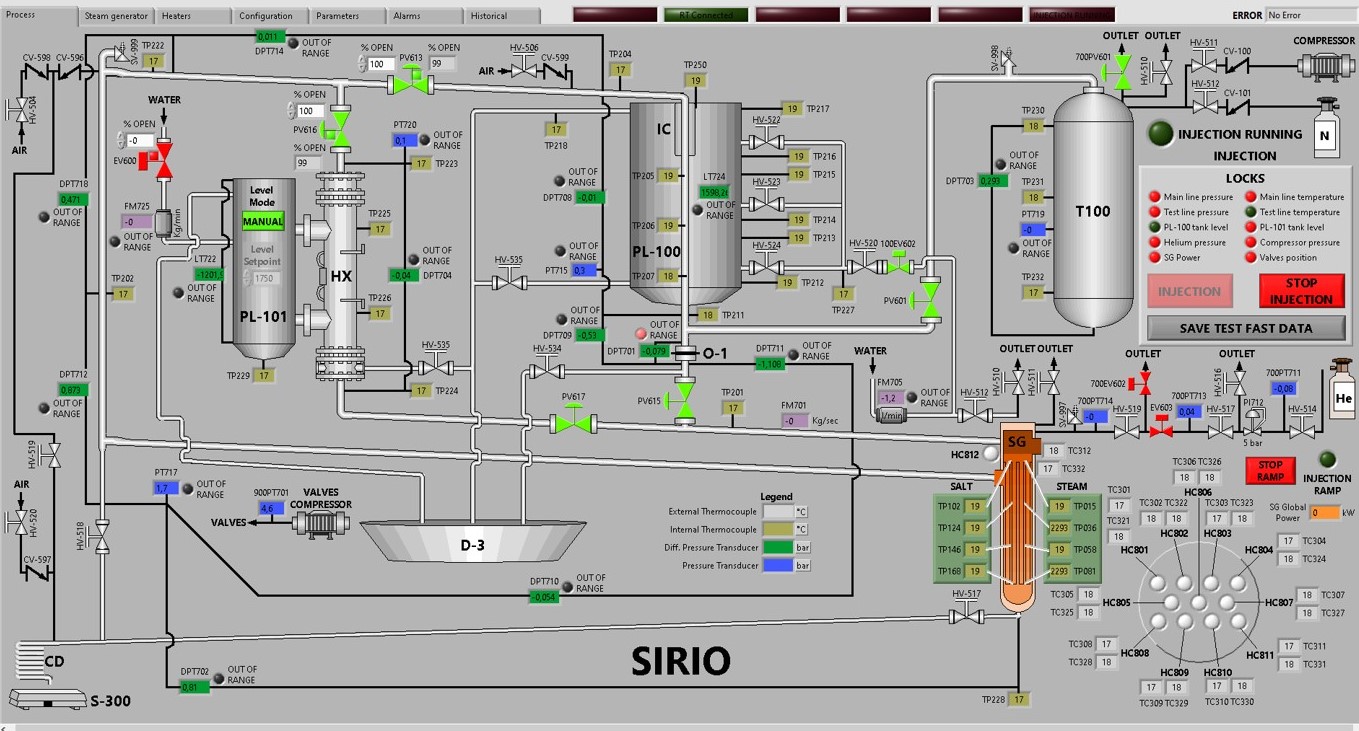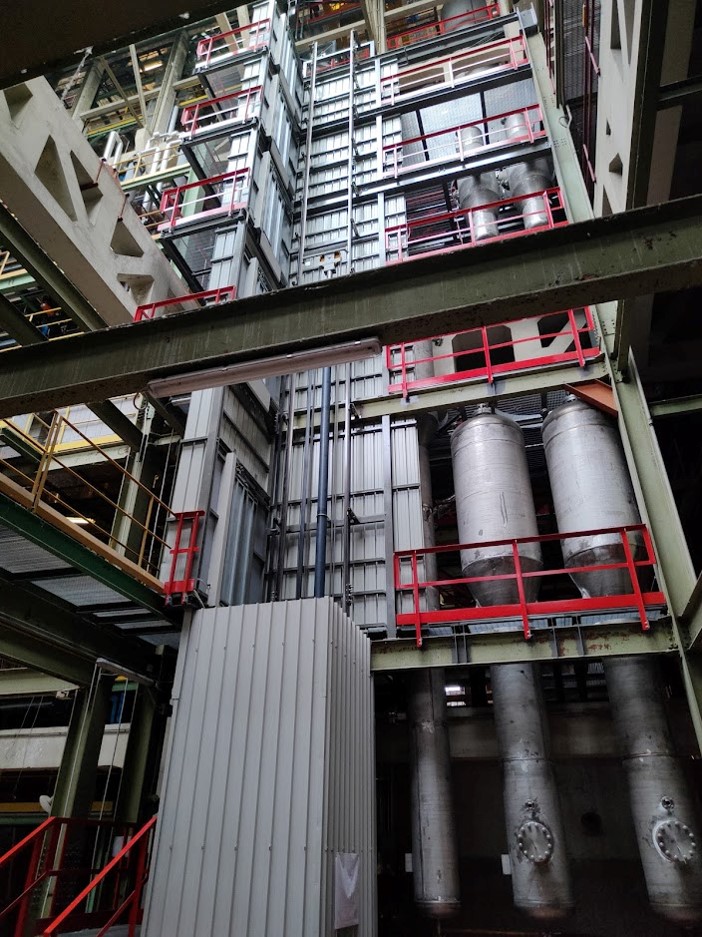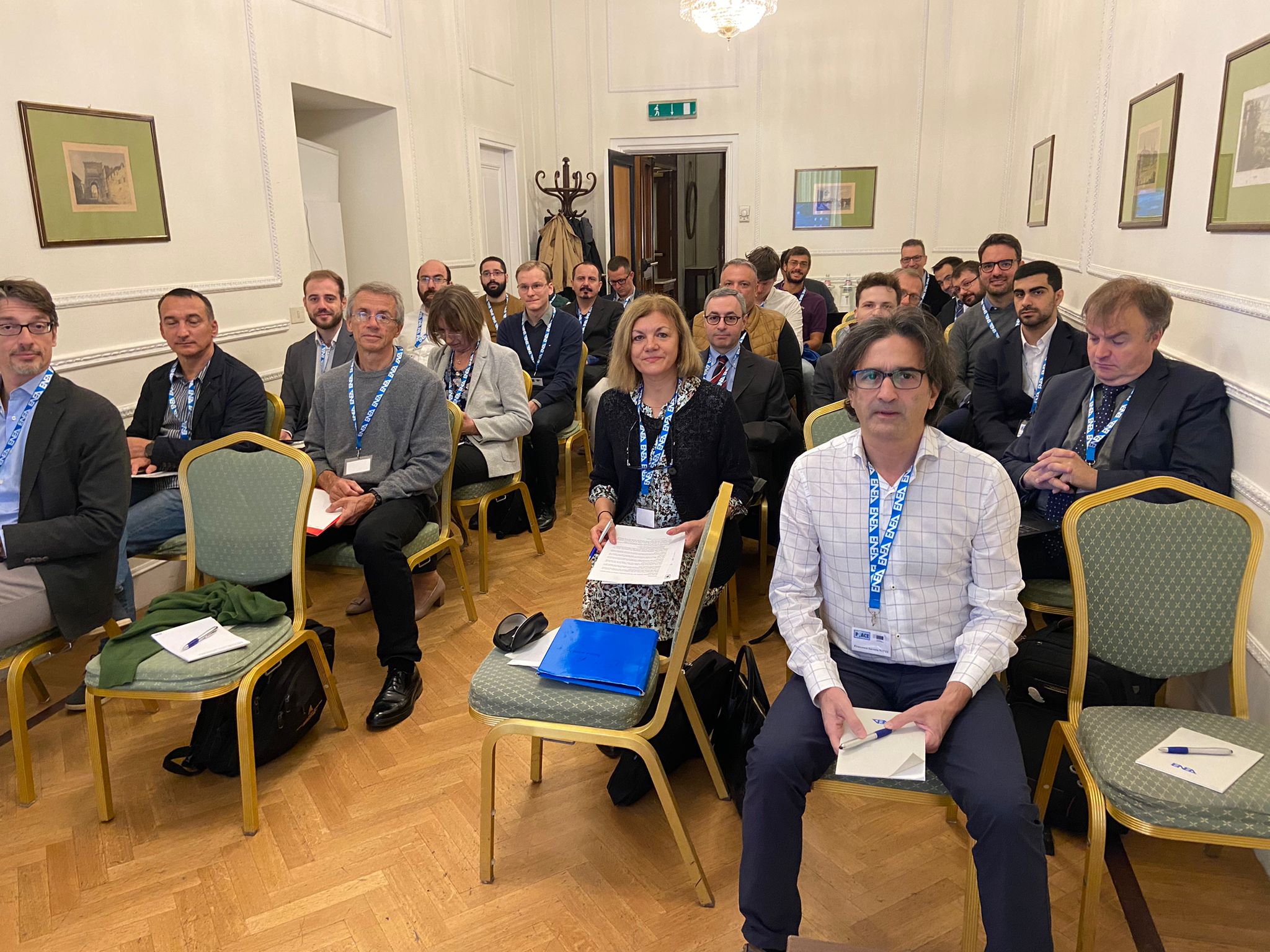Innovation in Nuclear Safety: design, experience and lessons learned

The safety of existing and future nuclear installations is one of the pillars of the research and development plans of the European Community, through its governing body Euratom. Over the years, several research activities have been opened. In 2018, the main goal of the H2020 Euratom call was to collect the research and development efforts, supported in national and international programs, to encourage technology transfer from research to industry. The scope is to compensate the lack of funds for those ideas that can no longer be considered as fundamental research, but which still require efforts to form the basis of a business plan, and for this reason they are in a stagnation point called “valley of death”. All nuclear plants have a set of safety systems with the final scope to segregate radioactive sources inside the plant. Most of the plants currently in operation meet the safety criteria by the use of active safety systems, which require electricity for their operation, and/or manual procedures by the operators. The advent of innovative generation III and generation IV reactors requires the use of passive safety systems.
A common problem to the different technologies is the lack of a passive system to control the decay power to be removed at the beginning of an accident scenario. Decay Heat Removal system based on an Insulation Condenser that use non-condensable gases to manage the variable decay heat in passive way is proposed and patent by ANSALDO. The innovative idea is to use non-condensable gases to control the rate of energy removed to the final heat sink thus fulfilling both the needs to remove sufficient power during the first stages of the transient as well as to reduce the heat removal over the time with the aim to increase the grace time to primary coolant freezing (liquid metal reactors) and limit the depressurization rate (water reactors).

The proof of this innovative concept moved through two research programs: SIRIO and PIACE. Scope of the SIRIO project was the design, construction, and testing of an experimental facility (see Picture 1) able to study the innovative Decay Heat Removal System, which control passively the amount of heat removed by means of non-condensable gases. The facility is scaled with reference to the DHR of ALFRED (LEADER) reactor. Final goal was to demonstrate and characterize the operation of the system and advance its Technological Readiness (TR) to level 5, gaining an actual chance to reach the market. Picture 1 shows the synoptic of the loop with all the components and instrumentation. The test rig of the facility with a total height of 20m is shown in Picture 2.
The PIACE project works as a bridge to overtake the valley of death between the research and the industry investments. It aims to verify and validate the concept with numerical investigations and experimental tests on the SIRIO facility. Scope of the project is to address the performances of the innovative Decay Heat Removal system to deliver a scaled-up conceptual design validated for LFR, ADS, PWR, BWR and PHWR reactors technologies. Thanks to PIACE, the innovative ICS concept will advance its TR to level 7, gaining an actual chance to reach the market. At the conclusion of the project, industry will inherit from research a well-formed package of technical information, incorporating experimental results of prototypical operation of the system, relevant for direct application to engineering the design.
In the framework of the PIACE project was organized an International Workshop to share knowledge about innovative systems and technologies related to the safety of future and current reactors, supporting the technology transfer from research to industry in the field. The workshop was held in Rome on November 8, 2022 (see Picture 3). The speakers, experts in the field, reported and discussed on the broad and complex concept of “innovation in nuclear safety” by addressing relevant aspects such as: Innovative passive safety systems concepts; Experimental facilities: scaling, design, operation; Modelling and Simulation towards Innovation; Marketability.
As main outcome of the Workshop, some keyword and topics related to innovation in nuclear sector were identified and discussed: how to overcome the Death Valley; how to fill the technological gaps; how to answer to the industrial/public needs; how to validate code/simulation/design; how to solve licensing issues; how to enhance passive safety systems; how to solve the scalability issue for the experiments.

A final round table was held and the discussion mainly concentrated on the topic related to the resolution of the licensing issue. The main outcome was the perception that innovation in nuclear sector is not easy to be properly and timely applied because of the need to address the requests of the local Nuclear Safety Authorities. Activities promoted by International Organizations like IAEA are more than useful to solve this issue thanks to the creation of dedicated tables for discussion among the stakeholders (e.g., through dedicated regulatory tracks as well as industry tracks). There is the need also to properly collect the innovations. As an example, the existence of Government-driven initiatives in some Country was reported. This is the case of platforms in the UK (www.gamechangers.technology) dedicated to the collection of needs from nuclear industry to be addressed by innovative ideas. Moreover, some final remarks were raised: too many innovative initiatives on the same topic have the associated risk to spread the resources and not to timely address the public needs. An example is the actual coexistence of many SMRs projects. However, it was noted that they are based on few different technologies, and it is expected that commercial deployment will converge on a limited number of SMRs. In conclusion, events like this Workshop represent a great opportunity to make many players (research institute, industry, etc.) talk to each other, share innovative ideas and stimulate new potential and joint project proposals.
Francesco Saverio Nitti
ENEA
francesco.nitti@enea.it